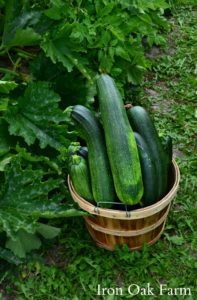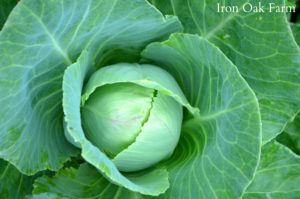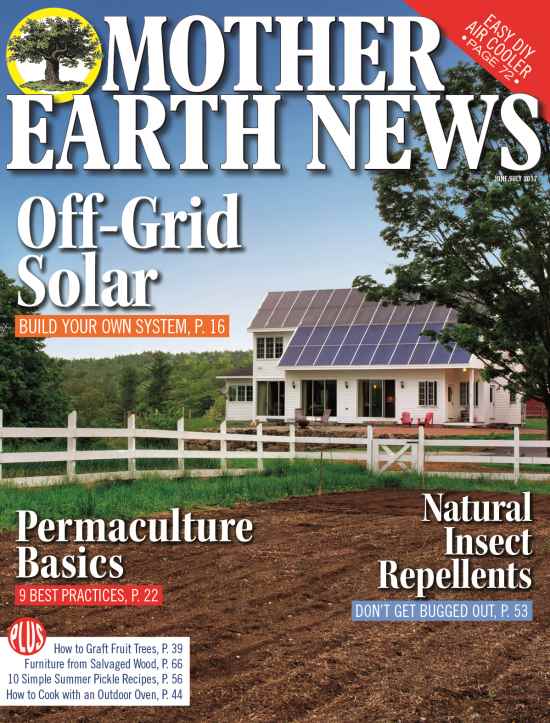A great way to offer your customers a wide variety of produce options longer into the season is by planting a fall garden. This is an especially profitable venture in the market setting. Where others are offering the last bits and pieces of a winding crop, you can bring in fresh stock of new produce. There are a few different ways you can do it.
The Fall Planting Date
 When a lot of people think of a fall garden they think “cold hardy plants” or plants with a short growing time like radishes. But you can grow any annual vegetable for a fall harvest if you have three numbers.
When a lot of people think of a fall garden they think “cold hardy plants” or plants with a short growing time like radishes. But you can grow any annual vegetable for a fall harvest if you have three numbers.
– The days to germinate (found on most seeds packets)
– The days to maturity (found on most seed packets)
– First frost date for your area. (You can find this date by visiting the Farmer’s Almanac. Simply type in your zip code to find your area’s approximate date.)
Once you find your first frost date for your area, you can calculate backward from this number.
For example, we live in Michigan. Say I would like a fall zucchini crop. According to the Farmer’s Almanac, our first frost date is October 1st.
Looking at my Black Beauty Zucchini seed packet I see that Zucchini takes 48 days to reach maturity. Working the calendar backwards, that takes us to August 14th.
 Then looking at the days to germinate, it says 10 days, though I would argue that squashes come up much quicker than that, especially if the soil is warm, which it would be because we’re planting in mid-summer. So with this number, we move back to August 4th. For the purpose of this article, we will call this date the “Fall Planting Date”.
Then looking at the days to germinate, it says 10 days, though I would argue that squashes come up much quicker than that, especially if the soil is warm, which it would be because we’re planting in mid-summer. So with this number, we move back to August 4th. For the purpose of this article, we will call this date the “Fall Planting Date”.
Looking at the overall season, if you start plants in the house as we do, then move the seedlings out at the end of May, you’ll have your regular zucchini harvest starting around the third week in June. Then with the second Fall Planting Date, you’ll have another harvest at the end of September.
Even if the plant is a hot weather plant, this shouldn’t affect your harvest because the majority of the growing season will be at the peak of the summer heat.
Sequential Crops
 Another way to continue the growing season into the fall is to plant sequential crops up until the fall planting date.
Another way to continue the growing season into the fall is to plant sequential crops up until the fall planting date.
So you would decide how many total plants/space you have in your garden and plant a portion of that section every week to 2 weeks up until the Fall Planting Date. In this way, you will have new producing plants all season into the fall.
The Traditional Fall Garden
Another way to go about extending the fall harvest is to plant plants known more traditionally in the fall garden.
-Plants that tend to bolt like Lettuce, Spinach, Cilantro
 -Cold weather plants like Peas, Cabbages, Broccoli, Brussel Sprouts and Parsely
-Cold weather plants like Peas, Cabbages, Broccoli, Brussel Sprouts and Parsely
-Fast growing crops like radishes and beets.
Fall planting tips
- If you have an area of your garden set aside for your fall crops be sure to cover it with a tarp or plastic to keep the weeds from growing in the summer prime.
- Buy extra seeds in the spring. Many times nurseries will stop carrying vegetable seeds mid-way through the summer. Or they will sell out of things. Even online companies sell out early for the season. If there’s something you want to plant for a fall harvest, plan ahead and stock up.










